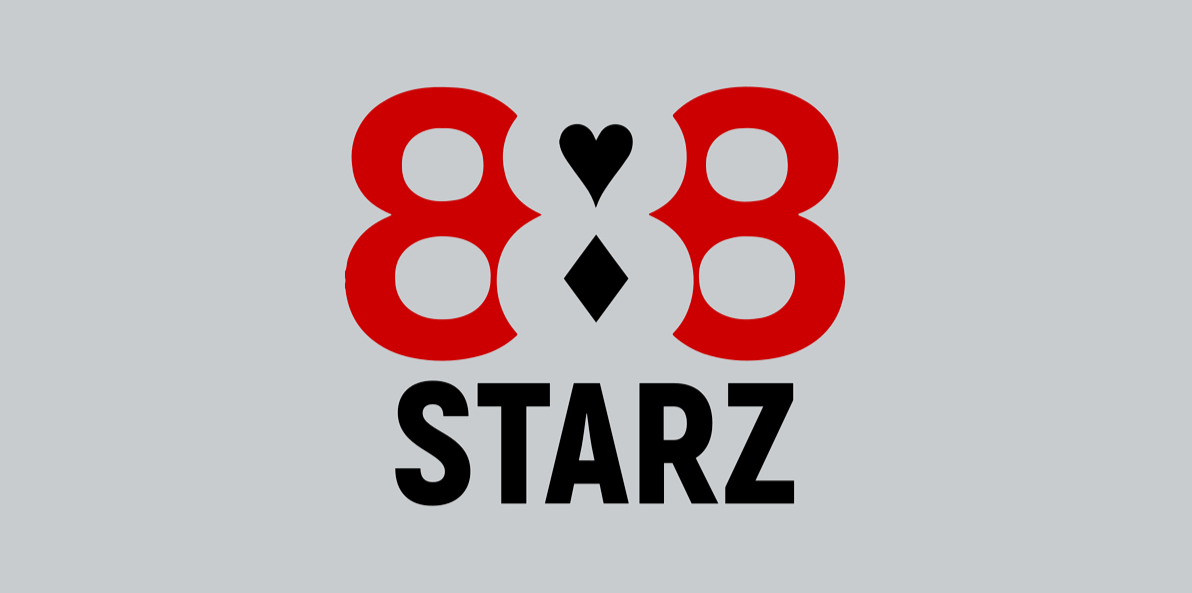In the world of sports betting, understanding market fluctuations in bet pricing is crucial for bettors who aspire to make informed decisions. These fluctuations can arise from various factors, including public opinion, team dynamics, and even technological advancements. This article explores the intricacies of bet pricing, the reasons behind market fluctuations, and how bettors can effectively navigate these changes to enhance their betting strategies.
What is Bet Pricing?
Defining Bet Pricing
Bet pricing refers to the odds assigned to a particular wager. These odds dictate the potential payout for bettors and are a reflection of the bookmaker’s estimate of the probability of an event occurring. Bet pricing can take various forms, including:
- Decimal Odds: Commonly used in Europe, decimal odds represent the total payout (including the stake) for a unit bet. For example, odds of 2.00 mean that for every 1wagered,thetotalreturnwouldbe1 wagered, the total return would be 1wagered,thetotalreturnwouldbe2.
- Fractional Odds: Popular in the UK, fractional odds indicate the profit relative to the stake. For instance, odds of 5/1 mean that a successful 1betwouldyielda1 bet would yield a 1betwouldyielda5 profit plus the original stake.
- Moneyline Odds: Used primarily in the US, moneyline odds indicate how much a bettor needs to wager to win 100(forfavorites)orhowmuchasuccessful100 (for favorites) or how much a successful 100(forfavorites)orhowmuchasuccessful100 bet would yield for underdogs.
Factors Influencing Market Fluctuations
1. Public Betting Trends
Impact of Public Opinion
Market fluctuations are often influenced by where the majority of the public is placing their bets. This phenomenon can be broken down as follows:
- Perception Shift: If a significant amount of money is wagered on one side of an event, bookmakers may adjust the odds to balance the action, minimizing their risk exposure.
- Influence of Favorites: Popular teams may attract more bets due to fan loyalty, leading to skewed odds that can present value opportunities for sharp bettors.
2. Team and Player Dynamics
Changes in Lineup and Performance
Team dynamics can have a substantial impact on market fluctuations, including:
- Injuries: The absence of key players can drastically alter a team’s chances of winning, leading bookmakers to adjust odds accordingly.
- Form and Momentum: Recent performance trends, such as winning streaks or losing streaks, can sway market sentiment and affect the odds offered.
3. External Factors
Influences from Outside the Game
Several external factors can lead to market fluctuations, such as:
- Weather Conditions: Weather can significantly impact certain sports, particularly outdoor events. For example, rain might favor teams with strong rushing games in football.
- Venue Changes: Home-field advantage plays a role in team performance, and changes in venue can lead to rescaling of odds.

How to Analyze Market Fluctuations
1. Monitoring Odds Changes
Keeping Track of Line Movements
Staying updated on how odds change leading up to an event is vital for informed betting. Here’s how to effectively monitor movements:
- Regular Checks: Check the odds regularly, especially close to the event, to identify any major shifts.
- Understanding Limit Moves: Learn about situations when bookmakers may make significant odds adjustments, often in response to line bias or significant news.
2. Evaluating Market Sentiment
Gauging the Public’s Attitude
Understanding public sentiment can provide valuable insights into market movements. Strategies include:
- Social Media Insights: Platforms like Twitter can offer real-time reactions from fans and analysts, revealing trends and narratives that may not be reflected in the odds.
- News Sources: Stay informed through reputable sports news sources to understand developments that could affect market sentiment.
3. Utilizing Betting Models
Developing Analytical Tools
Some bettors utilize statistical models to assess the value of bets based on fluctuating odds. Consider these steps:
- Data Collection: Collect historical data on teams, players, and previous matchups.
- Modeling: Create a model that incorporates various factors affecting the outcome, allowing for a comparison against current odds.
Creating a Flexible Betting Strategy
1. Adapting to Market Changes
Being flexible in your betting strategy is essential for success in a dynamic market. Here are some techniques:
- Value Betting: Look for discrepancies between your estimated probability and the bookmaker’s odds, targeting situations where you believe odds may have swung too far.
- Hedging Bets: Consider hedging your original bets to protect against potential losses from market shifts.
2. Bankroll Management
Effective bankroll management ensures longevity in betting, regardless of market fluctuations:
- Setting Limits: Establish clear limits on the amount you are willing to risk in a single wager.
- Tracking Performance: Keep detailed records of betting activity, assessing how market fluctuations have influenced your outcomes.
Conclusion
Understanding market fluctuations in bet pricing is essential for any bettor looking to gain an advantage in sports betting. By recognizing the factors that influence odds, closely monitoring line movements, and adapting strategies accordingly, bettors can enhance their decision-making process. With knowledge and strategic planning, navigating the ever-changing landscape of betting can lead to more informed and potentially profitable wagers.




